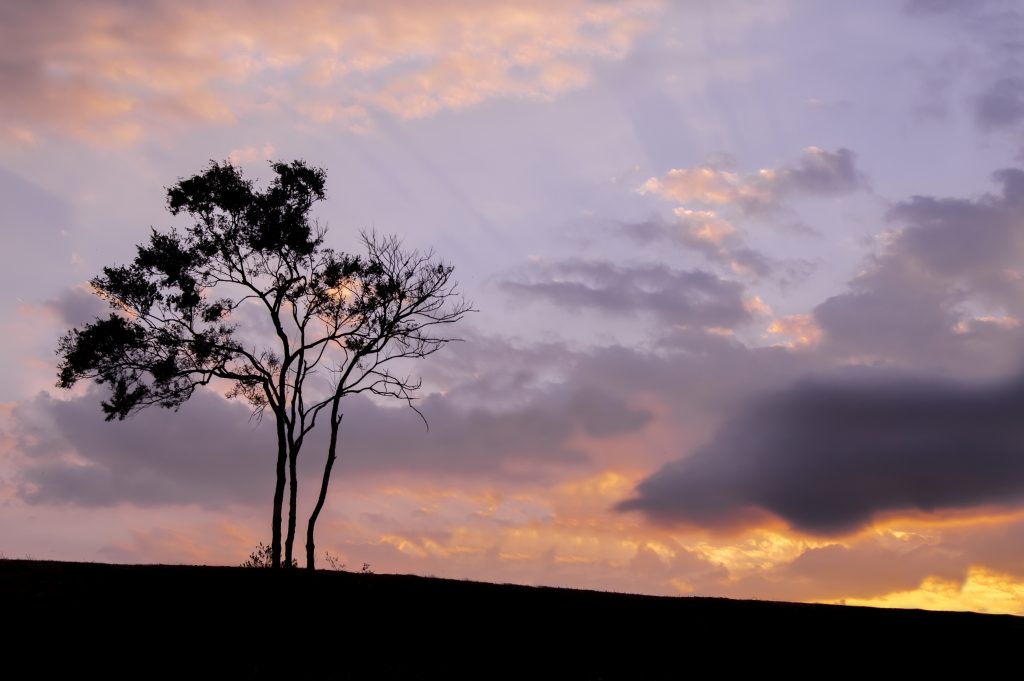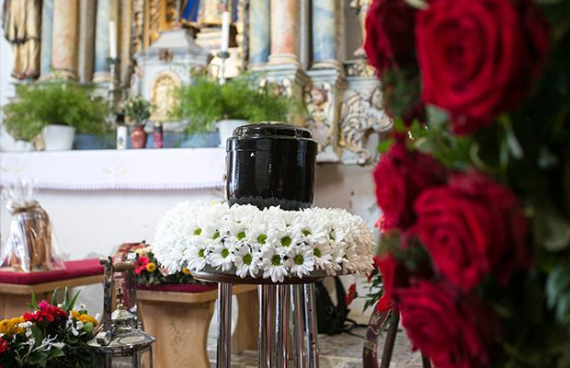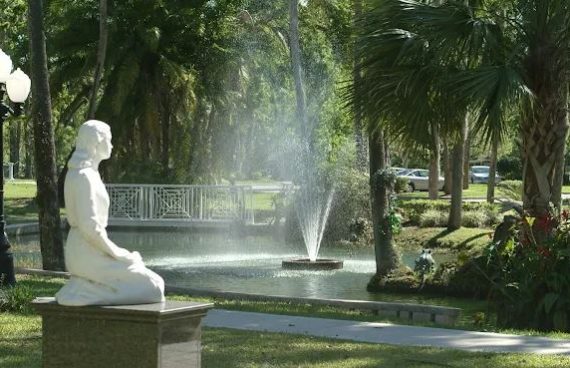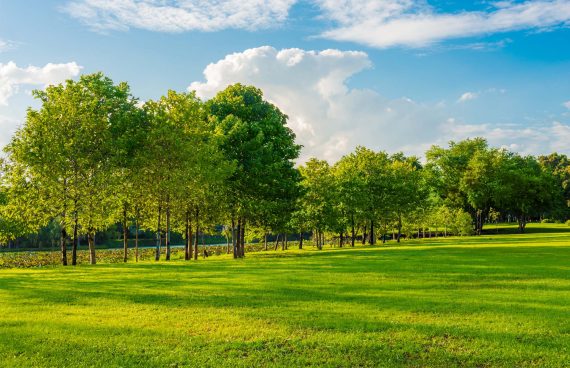Scattering ashes: Considerations and tips

Whether a family member scatters ashes on a mountaintop or at sea, this form of memorialization can be a personal, reflective experience. If you’re considering scattering after cremation, here’s a brief guide to the practice.
Honor their wishes, hold your memories
Before exploring the tradition of scattering ashes, let’s address an important concern that arises for many: While preparing for this occasion, some family members may feel conflicted about the finality of releasing their loved one.
Thankfully, families can still honor the wishes of the departed without letting go; many who scatter ashes reserve a portion to keep a tangible presence of their loved one.
If this seems like a meaningful option for your situation, here are a few ideas to help you pay tribute.
A home for the heart – To keep a portion of the ashes, you’ll need to select an urn. You can have the urn placed in a cemetery where friends and loved ones can visit for generations to come. Interment options include niches, burial spaces, benches, and more.
One for all – If you have family members who would like to hold the memory of their loved one, you can select keepsake urns; these are miniature urns that allow you to divide ashes.
A gift to cherish – Choosing a unique tribute can be a special way to express what your loved one meant to you. This can come in the form of cremation diamonds, fingerprint jewelry, or specially crafted mementos. Consult with a Memorial Planning location to explore options that will capture the character of the departed.
Scattering on land
Some families scatter ashes in natural areas where their loved one made memories, felt a spiritual connection, or embraced a simple love for the land. To ensure you can honor a loved one’s memory with peace and dignity, it’s important to pursue the proper avenues for memorial scattering.
If you’d like to scatter in a national or state park, you must consult with the park beforehand to obtain the proper permit. This is because some parks designate certain areas, times, fees, and methods (e.g., ashes can’t be buried or left in a pile) for scattering. You may need a special permit if you are bringing a small group.
Certain locations prohibit scattering outright to respect “Leave no trace” standards and limit any environmental impacts (e.g., alterations to the soil and/or plant life). If you choose to scatter, be sure to follow the rules and customs that govern the local area.
Scattering on water
It’s easy to see why many decide to scatter ashes at sea or in lakes or rivers – nothing captures the essence of time, change, and reflection quite like water.
If you’d like to have ashes scattered at sea, work with a Memorial Planning location to ensure the company you choose follows Environmental Protection Agency (EPA) regulations. These regulations include but are not limited to:
- Scatter within three nautical miles from shore
- Report scattering to the EPA
- Only use decomposable memorial items, if using any (biodegradable wreaths/flowers)
- Scattering non-human ashes is not permitted
If you’d prefer to scatter ashes at an inland body of water, you’ll need to consult with local authorities as various locations have different requirements.
Did you know? In Hinduism and Sikhism, releasing ashes in a body of water is an important spiritual tradition.
Scattering ashes can be a true expression of finality – after all, once ashes are released, the action cannot be undone. If you and your loved ones are preparing to scatter ashes, take the time to experience the moment fully, meditate on the life and love of the departed, and remember that scattering ashes does not have to be the end; you can continue to honor the legacy of the departed now and into the future.
Photo: alone-tree-on-the-hill-with-dramatic-sky Stock photos by Vecteezy








 Use current location
Use current location









